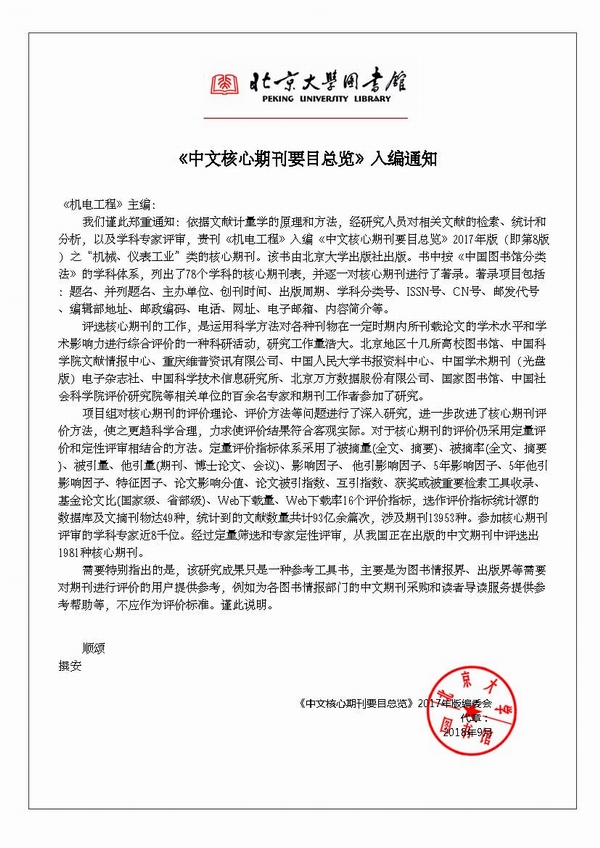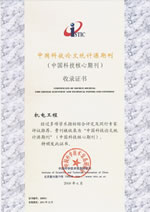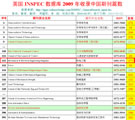
Founded in 1971 >
Chinese Sci-tech Core Periodicals >
British Science Abstracts (SA, INSPEC) Indexed Journals >
United States, Cambridge Scientific Abstract: Technology (CSA: T) Indexed Journals >
United States, Ulrich's Periodicals Directory(UPD)Indexed Journals >
United States, Cambridge Scientific Abstract: Natural Science (CSA: NS) Indexed Journals >
Poland ,Index of Copernicus(IC) Indexed Journals >
International Standard Serial Number:
ISSN 1001-4551
Sponsor:
Zhejiang University;
Zhejiang Machinery and Electrical Group
Edited by:
Editorial of Journal of Mechanical & Electrical Engineering
Chief Editor:
ZHAO Qun
Vice Chief Editor:
TANG ren-zhong,
LUO Xiang-yang
Tel:
86-571-87041360,87239525
Fax:
86-571-87239571
Add:
No.9 Gaoguannong,Daxue Road,Hangzhou,China
P.C:
310009
E-mail:
meem_contribute@163.com
Abstract: Aiming at the problem of insufficient preoperative training methods for temporal bone surgery, a 5DOF force feedback haptic device was designed, which has the advantages of simple structure, positionposture decoupling and selfweight balance. The gravity balance of the degrees of freedom of front and rear, right and left position could be accomplished by using a horizontally parallelogram structure. For three posture degrees of freedom, the full gravity compensation could be achieved by means of motor compensation. Thus, the complete gravity balance of the haptic device could be achieved. Based on the structural design, workspace analysis of the haptic device was performed. For the kinematic model problem of the haptic device, the forward and inverse kinematic models of the haptic device were established based on screw theory. The velocity model was established by Jacobian matrix of the haptic device, which could be obtained based on the forward kinematic model. Finally, the flexibility of the haptic device was evaluated by using Matlab to analyze and calculate the condition number. The results indicate that the haptic device can meet the needs of the workspace, which has better flexibility and higher precision. The mechanism rationality of the haptic device is verified.
Key words: temporal bone; haptic device; selfweight balance; workspace; kinematic; flexibility








